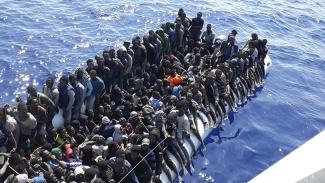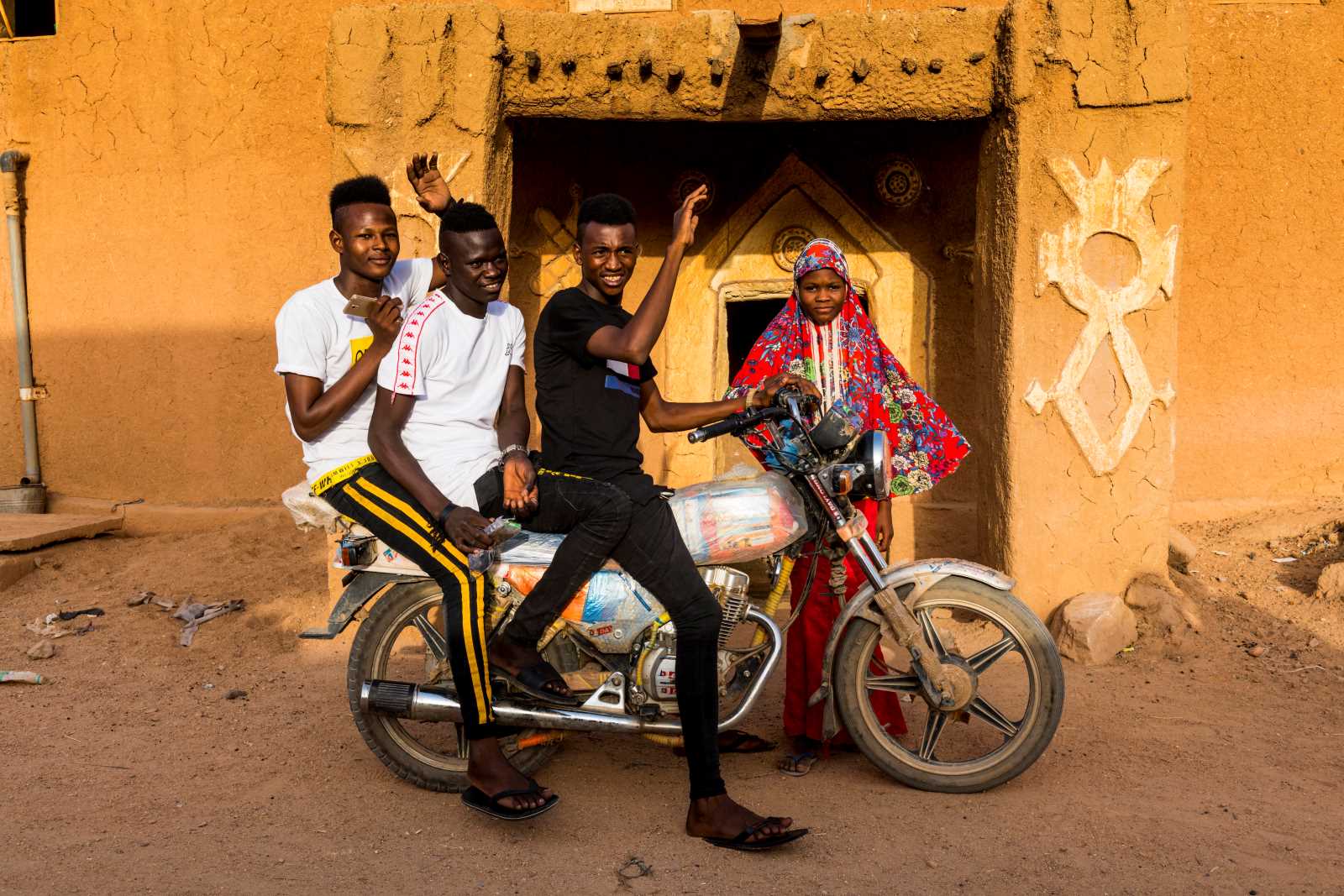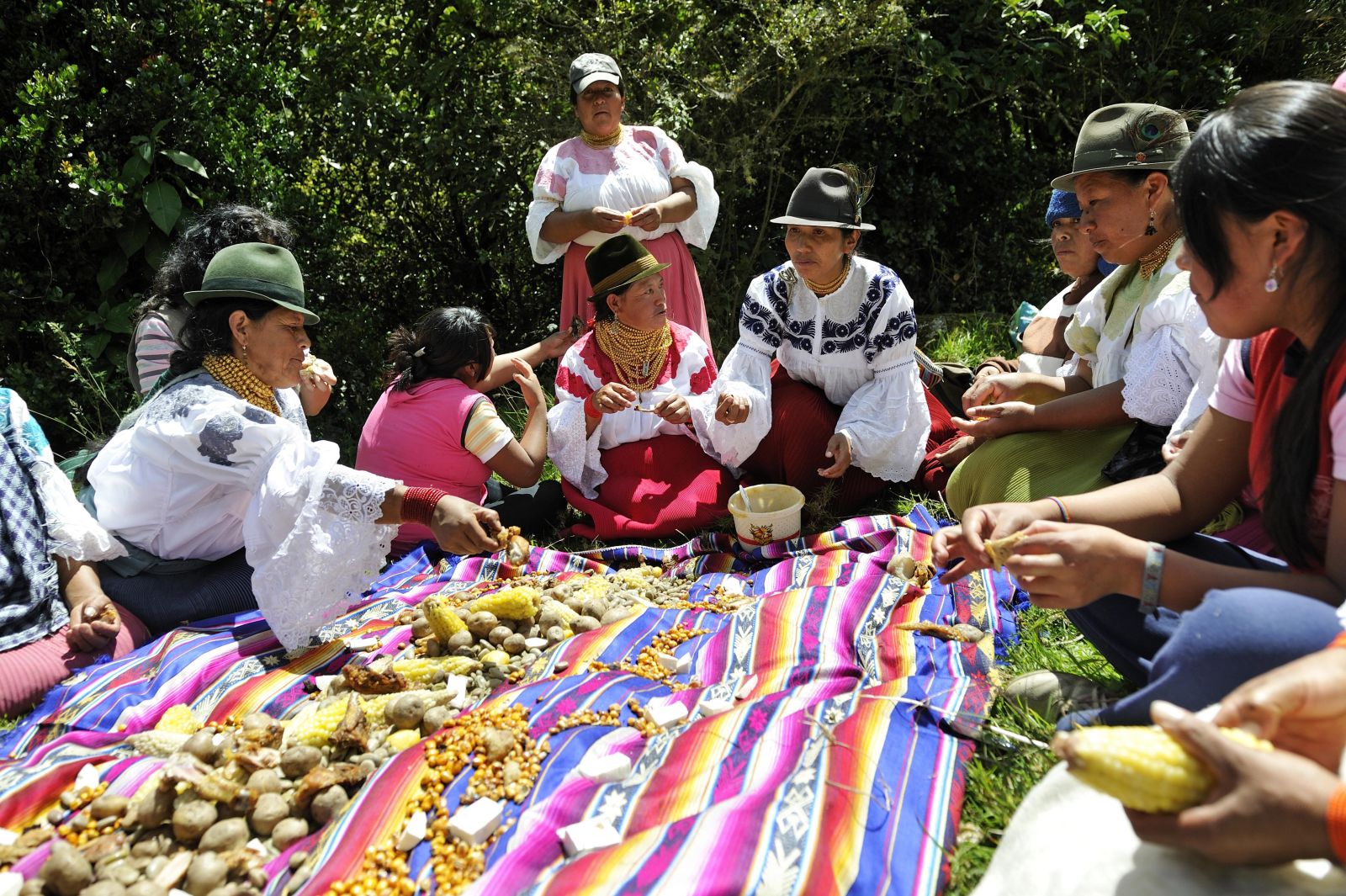Refugee policy
More money better spent

Migration and the intake of refugees have been central topics of debate in the EU for years. Many states are refusing to step up and accept refugees and migrants. This is the reason why there are still no coherent, long-term solutions. The situation is not much different at the UN level. Despite the fact that the UN has adopted two global compacts, one on refugees and, last December, one on migrants, these have not led to fundamental improvements. “The funding for refugees was also not substantially increased,” criticise the authors of the SWP study (see also Focus section, D+C/E+Z e-Paper 2019/04).
According to the authors, there is insufficient data on financing and no way to precisely calculate what has been spent so far, since both humanitarian aid and official development assistance (ODA) flow to refugee relief. The study makes it clear, however, that the available funds cannot meet the present need. And without adequate financial resources, “no refugee policy can be effective,” the researchers conclude.
They believe that different financing sources and instruments should be opened up, combined and applied in parallel. But first, they argue, ODA must be secured, which means that all states in the Organisation for Economic Co-operation and Development (OECD) should meet the target of spending 0.7 % of their gross national income on ODA. According to the authors, Germany could set a good example and increase its contributions.
Another opportunity to open up new sources of funding is so-called blended financing, in which public funds that are earmarked for development are combined with private or state loans. In other words, private donors invest in public goods. The European Fund for Sustainable Development is one example. It was established in 2017 and is administered by the European Commission.
Development banks and international financial institutions have worked for years with this “leverage” of public funds. But so far, according to the study, it has been unclear whether and to what degree blended finance actually contributes to poverty reduction and sustainable development. The problem with these instruments, the authors argue, is that donors do not see sufficient rates of return from such investments.
Another important instrument to increase funding for refugee assistance could be expanding concessionary loans and subsidies. These are publicly supported loans provided by development banks at favourable rates. In the past, these types of loans were only granted to low-income countries. However, a large portion of refugees have been taken in by middle-income countries like Jordan or Lebanon. That is why the World Bank changed its way of thinking and, in response to the crisis in Syria, decided to help these countries with concessionary loans. According to the authors, another advantage of these loans is that they can offer support in a very targeted way, for instance when it comes to refugee assistance.
Pooled funds are also an important method of financing humanitarian aid. Multiple donors pay into a fund that is managed by an international organisation, thereby allowing humanitarian aid and development efforts to be better aligned. The authors see potential here that could be further exploited.
Over the past decade or two, “new” donors like China, Brazil, India or Russia have stepped onto the scene. The established OECD states view them with scepticism. But the SWP experts see triangular cooperation between OECD countries, new donors and developing countries as a “very promising approach” (also see Luiz Ramalho et al. in D+C/E+Z e-Paper 2019/07, Focus section). For instance, funding from rich countries could be combined with the expertise of the new donors to reduce poverty. The authors believe that OECD countries should also cooperate with philanthropic donors, who are assuming an increasingly important role in development financing as well.
Greater efficiency
The researchers see the lack of efficiency with which money for refugee aid is applied as a major problem. The way to solve it, in their view, is to strengthen transparency and accountability in the allocation and use of funds. In order to do that, ownership and participation should be fostered in host countries. Therefore the authors conclude that local and national refugee aid organisations should receive more funding. Furthermore, refugees and internally displaced people should be included more in the implementation of measures. These actions would result in better targeted, more cost-effective and more sustainable aid.
In sum, the researchers believe that it would be advisable to provide prompt, multi-year funding that is more needs-oriented and not earmarked for a specific purpose.
Link
Angenendt, S., et al., 2019: Mehr Flüchtlinge, unzureichende Finanzmittel (available only in German).
https://www.swp-berlin.org/fileadmin/contents/products/studien/2019S16_adt_EtAl.pdf














